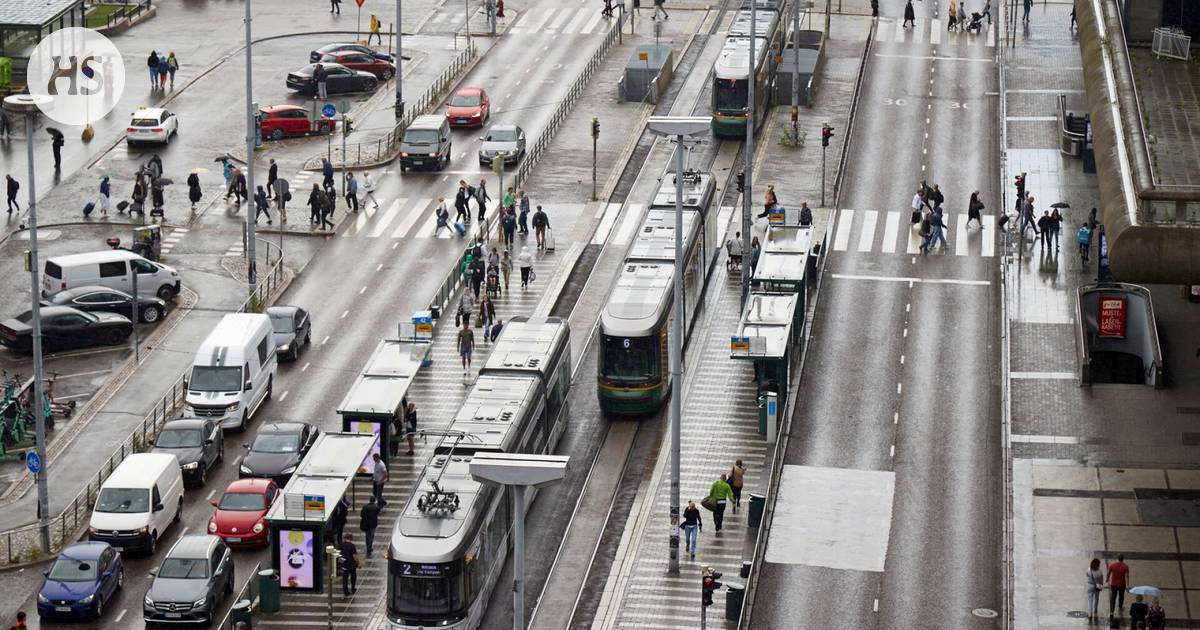Sunday|Torsti knows
On this page, Torsti and his lollipops answer readers’ questions. Not satisfied with the answer? Or do you have your own question in mind? Send mail to Torsti: [email protected].
Hey again, readers, this is Thursday. Henrik Hirsimaa accused Torstia from saddling and asked for evidence that The book of Daniel was written around 200–165 BC. To get more clarity, Torsti contacted a person from Tikkaremmi who studies the Bible.
He tells that The book of Daniel is based on a gimmick typical of the apocalyptic and speaks cryptically about the events of history as prophecies of a seer who lived long ago.
The book of Daniel clearly describes events from the 2nd century BC. although not mentioning real names. It can be concluded that the book ended in 167 BC. At that time, the Seleucid king Antiochus IV captured Jerusalem, which is discussed, while the Maccabean revolts that began the following year are not.
The book describes the “future” too accurately, while there are factual errors regarding history. Among other things, many of the information regarding the Persian kings in the 5th century BC, when the book was written as it is, are grossly wrong. For example of Darius is claimed to be the father Of Xerxesalthough the father was Cyrus. For a contemporary writer, these would have been basic things.
Three-fifths of the book is originally in Aramaic and the rest in Hebrew, which indicates a long period of writing and several authors. The book also has For the Old Testament otherwise alien imagery of angels and demons, which instead was a trend in early Judaism in the second century BC. The same is evidenced by the book’s peculiar belief in resurrection and the way to avoid it Yahwehname.
This information package is familiar to those who have studied theology from basic courses, the researcher says. That also illustrates how unanimous the scientific community is about the background of the article.
When will it be summer in the future when there would be as little street work as possible in the inner city area of Helsinki? I do understand the need for maintenance and upkeep, but I guess the infrastructure is sometimes at such a point that there are fewer raksas than normal.
– AP
A tikkaremmi resident working in the city sighed deeply at the question: could we promise relief. However, it seems that there will be enough work land for another ten years.
That is largely due to the fact that the city is now investing about twice as much in its infrastructure compared to ten years ago.
And there are major renovation projects ahead, such as the replacement of ancient water pipes under Mannerheimintie or the renovation of the metro station deck in front of the Rautatieasema on Kaivokatu. There are also many large public transport projects underway, such as the Crown Bridges and the West Helsinki tramway.
Behind them is a stronger than before political desire to make traveling in the growing city smooth for as many people as possible. There have also been many construction sites of private parties, when district cooling pipelines and new internet cables have been installed under the streets.
Soon, the biggest traffic routes in the downtown area will begin to be renovated. There will certainly always be job sites, but in the next decade the biggest projects will be concentrated elsewhere.
We citizens are constantly instructed to take care of our passwords. They need to be changed from time to time, and they need to be sufficiently complex. Often, however, the username is an email address, which is easy to guess as, for example, [email protected]. Are we meeting hackers halfway this way? Wouldn’t it be safer if the usernames were complicated too?
– Double backup
Two pieces of information are typically required for authentication: you have to tell the identity you want to use to log in to the service, and you have to show that you know the secret, which then lets you in.
However, there are echoes of the past in question, explains Tikkaremmi’s information security expert. In new services, it is quite fruitless to keep the username secret, because the later stages of the login chain have become so secure.
Many services use, for example, different authentication applications, two-step verification, or login links sent to e-mails. Passwords are a relic of the past. They are needed less and less, and even then, remembering can be outsourced to password management applications. Ease of use and safety go hand in hand for once.
A data security expert wouldn’t worry if someone knew what email he used to log in to most services. But, for example, he keeps his online bank username very private.
The other side of the new policies is that by hacking into your personal email, you suddenly have access to almost everything. Therefore, the most important thing is to protect it above all else.
You should turn on warning messages about logins on foreign machines and two-step authentication. The password doesn’t have to be a complicated jumble of characters, as long as it’s long and not used elsewhere. You shouldn’t register for the services with your workplace or university email if you don’t think you’ll use it for decades.
If you haven’t put a unique password in your private e-mail or turned on two-step authentication, as a friend of caution, Torsti strongly suggests that you take care of it right away – even during your morning coffee.
#Torsti #street #workfree #summer #city #Helsinki








